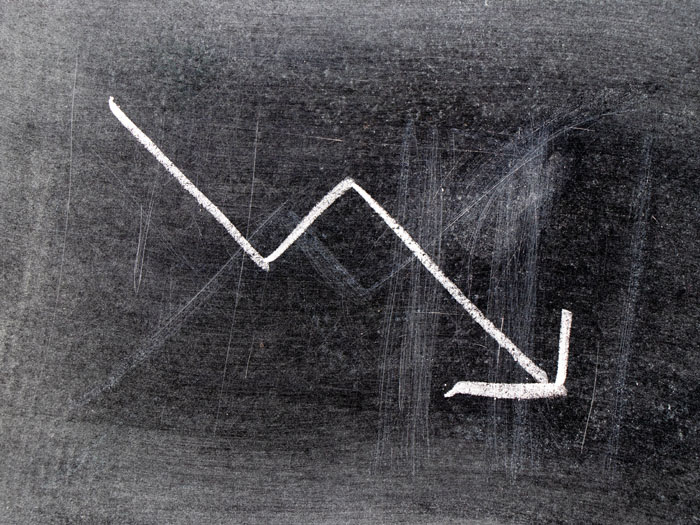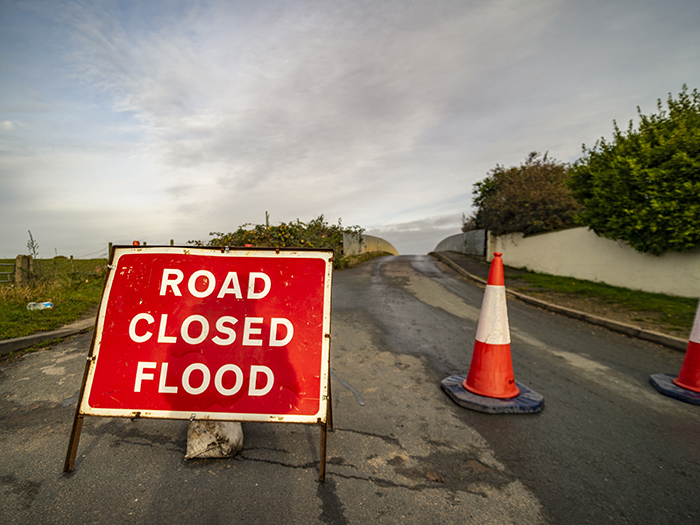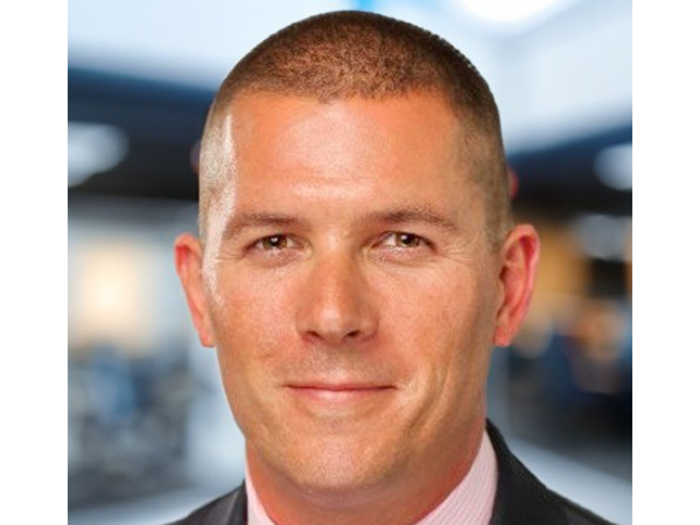Insurance Carrier Surpluses Plummeted But Premiums Written Grew in Q1

The insurance industry is finding out what a difference a quarter makes, especially one that was marked by a pandemic vast enough to bring down the U.S. economy.
Just ask the authors of the latest quarterly report on the financial health of the U.S. P&C industry released by the American Property Casualty Insurance Association (APCIA) and ISO, an insurance services consultancy.
“When we analyzed the first quarter results, our reaction was to stress how normal they were,” said Robert Gordon, senior vice president for research and international of the APCIA. “We had an extremely normal first quarter until the final two weeks.”
He added: “Normal sounds so great now.”
Normal? That Sounds Great.
The report, entitled “Property/Casualty Insurance Industry Suffered Largest-Ever Drop in Surplus in the First Quarter of 2020,” certainly appears to describe an insurance market that worked in a completely different world.
It shows a sector that was overcoming a long soft market that was coupled, in the past couple of years, with high catastrophic losses. No wonder that normalcy was to be celebrated by the industry.
The report found that premiums earned by property and casualty underwriters grew by 5.4% in the first quarter of 2020, reaching $157.7 billion.

Neil Spector, president, ISO
With a combined ratio of 94.9%, compared to 95.6% one year earlier, the industry managed to achieve net underwriting gains of $6.3 billion, up from $5.2 billion in the first quarter of 2019.
The good technical performance was especially heartening for insurers as investment income has once more failed to add much to their balance sheets. Annualized yield on investments by the insurance industry reached a meager 3% in the three months to the end of March, a bottom mark in a long term trend of flailing financial market performance.
APCIA and ISO pointed out investment yields averaged an annual of 4.9% between 1960 and 2019, peaking at 8.2% in the mid-1980s. But an environment of persistent abysmal interest rates indicates the latest low performances are the most likely to be repeated in the future.
Back to the Basics
So insurers will ever more need to dedicate themselves to good old underwriting discipline to make money, and in the first quarter, they seemed to have caught the drill, stressed Neil Spector, president of ISO.
By the end of March, the industry was able to report renewal rates were on the rise, sometimes by double digits, in several segments, and the positive trend enabled P&C insurers to post net income of $17.9 billion after taxes.
It was basically the same of the first quarter of 2019, but a positive result considering that, due to wobbly financial markets, investment surplus had fallen by $75.9 billion in one year.
But then the world came tumbling down with the novel coronavirus causing widespread human suffering and economic devastation. When the APCIA and ISO publish their next quarterly report, the numbers are surely to look much tougher.
The APCIA has estimated that P&C losses linked to COVID-19 will amount to something between $35 and $70 billion. This is based on the financial reserves that companies have been putting aside and falls in line with the estimates of other entities, according to Gordon.
“It is an enormously significantly loss, and there is incredible uncertainty right now in the market place, which is impacting prices,” he said.
Unlike Nat Cat Losses, We’re All in This Together
Earnings released by a number of high profile underwriters help us to anticipate the general scenario.

Robert Gordon, senior vice president, research and international, APCIA
AIG, for instance, reported that COVID-19-related losses reached $458 million in the second quarter, and combined ratio jumped to 106%. The company posted a net loss of $7.9 billion, despite an inflow of $2.2 billion due to the sale of Fortitude.
Chubb, for its part, recorded a net loss of $331 million between April and June, compared to net income of $1.15 billion one year before. COVID-19 catastrophic losses amounted to $1.16 billion out of a total of $1.5 billion, taking the company’s P&C combined ratio to 112.3%.
Other carriers have also reported significant levels of COVID-19-related P&C losses in the second quarter, including Berkshire Hathaway, with $350 million, and The Hartford, with $251 million.
The picture could become even blurrier before the year is over, as other catastrophic events add losses to the effects of the pandemic.
Organizations like Verisk, which owns ISO, have forecast an above average catastrophe season, and soon the wildfire season in California and other dry states will begin to bite.
APCIA is worried that courts or legislators may bend to political pressure and approve the payment of business interruption coverages to compensate for losses caused by COVID-19, despite the industry arguing largely that such claims are not covered by most policies.
“The concern is that at some point the dam will break,” Gordon said.
He said, however, that, in terms of solvency, the industry continues to be safe and stable at the moment, even considering the impact of COVID-19. This should remain the case while BI claims are not retroactively imposed on insurers. But, with the need to maintain technical results, underwriters are set to keep pushing higher rates on clients.
“We are definitely seeing some hardening in the commercial insurance space due to COVID-19,” Spector said. “We are seeing it now and expect it to continue into the future.”
Buyers, however, face their own economic struggles and may find it hard to increase their insurance budgets. And that goes for those who will manage to survive the current cataclysm.
Spector remarked it is estimated that about 1 million insured businesses are going to fail in the course of 2020. This means customers will not buy any more policies, no matter if rates are higher or lower than before.
“It will put pressure on insurers in terms of growing their customer bases as well,” Spector concluded. &










